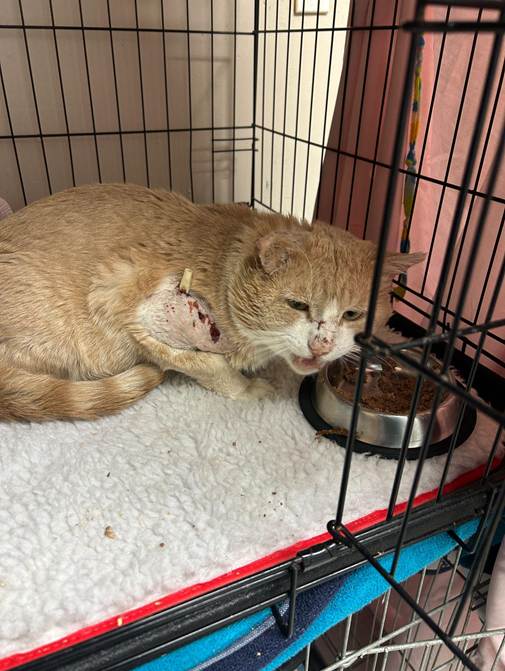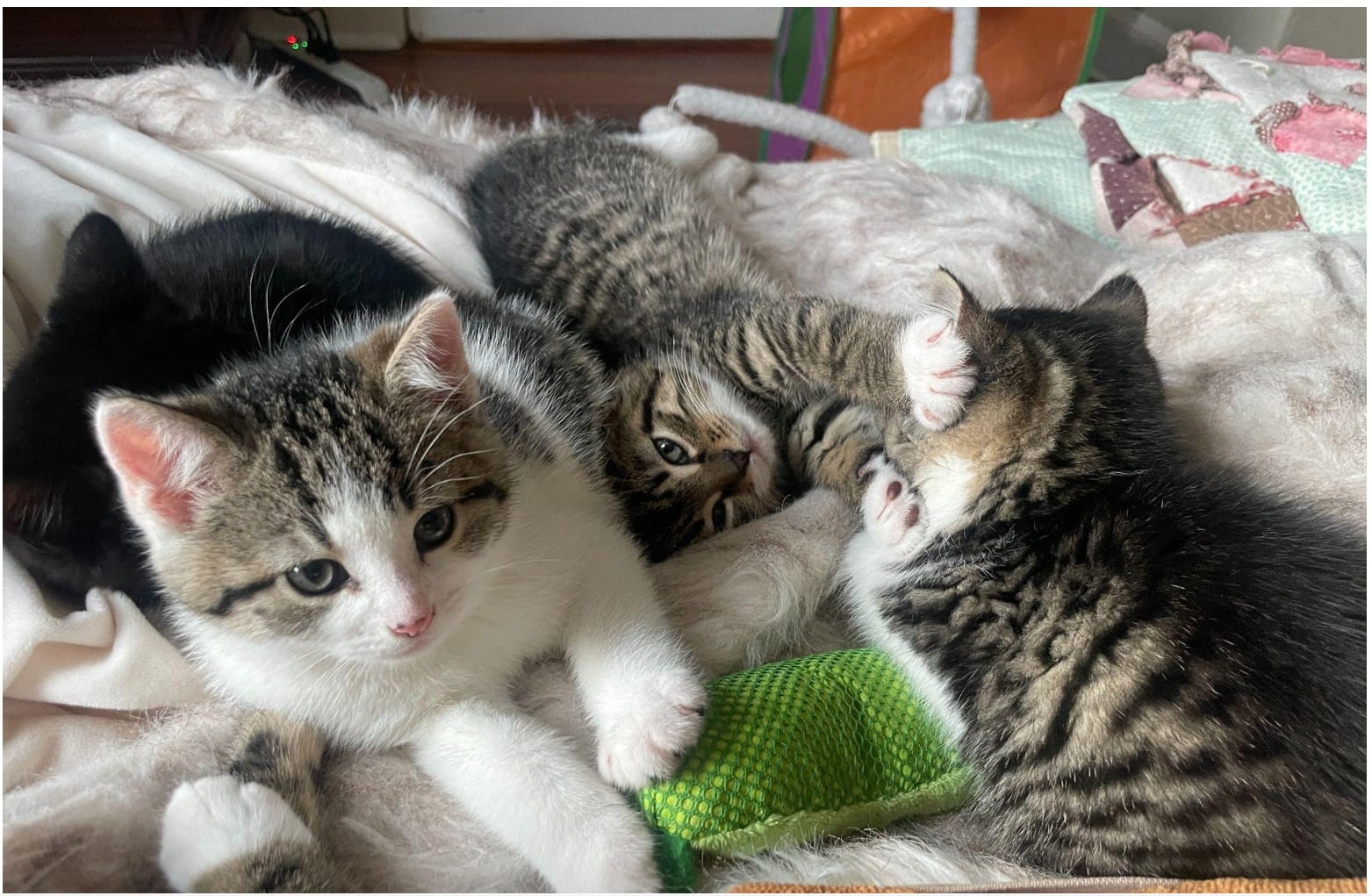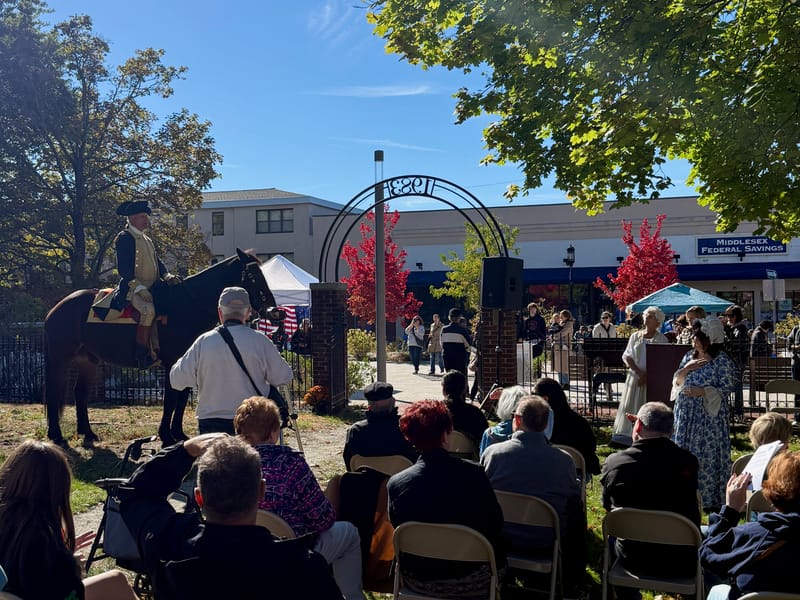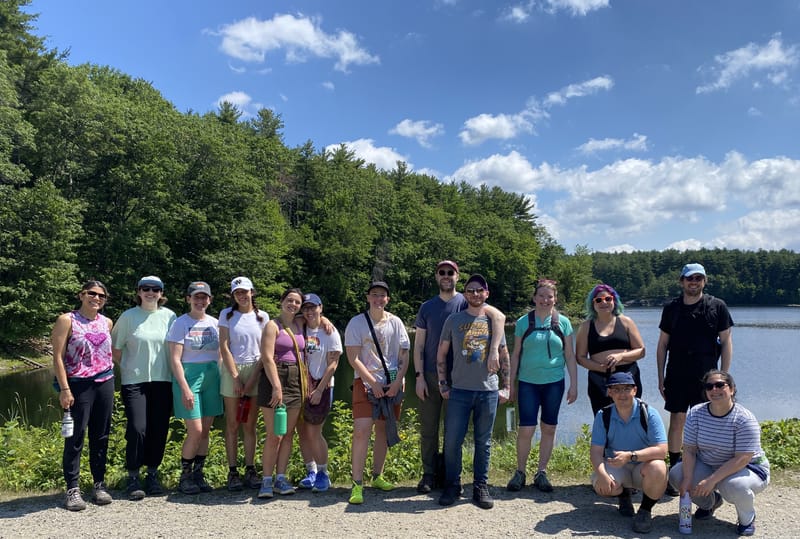Medford, Charlestown nonprofits curb feral cat crisis with adoption, rescues
Local animal health and adoption organizations are leading the charge of rescuing the stray and feral cat population.
By Ella Rogerson
Through phone calls, social media posts, or word of mouth, local animal health and adoption organizations are leading the charge of rescuing the stray and feral cat population.
Throughout eastern Massachusetts, stray animals are common due to abandonment.
Marie Mazzeo, founder of Medford-based rescue and adoption organization Kitty Connection, said this is largely caused by owners refusing to spay or neuter their animals.
“A lot of cats that we have been picking up are domestic animals,” said Mazzeo. “If people aren’t spaying and neutering them, male cats will wander a five mile radius for a female cat.”
Mazzeo started Kitty Connection in 2006 to combat the lack of animal healthcare. Later, she started a program to help cats get spayed and neutered for low costs.
Jacqueline Betty is the director of operations at Charles River Alleycats, a regional nonprofit that works to solve the feral and stray crisis.
Charles River Alleycats started out as a rescue and adoption center in 2015, but as the amount of feral cats grew, trapping became the focus.
“We don’t do adoptions. We used to up until 2015 then stopped because we realized there wasn’t anybody that was trapping,” said Betty. “There was such a huge population of cats outside that weren’t being helped.”
The nonprofit has helped trap feral and stray cats in Medford and 75 other towns. Last year, they trapped and helped 1,204 cats, Betty said.
When residents throughout these 76 towns see cats in need of help but are unsure of what to do, Charles River Alleycats is the one to call.
“People either feed cats or they see cats and don’t know how to help them,” she said. “So they’ll call in for advice. Feral cats are unsocial to people, you can’t get close to them. We have equipment, we have a two part trapping system. It’s all based around their meal time.”
The two part trapping system is called the 30 LTD Tru Catch trap. The trap can retail for over $100.
As volunteers from the organization can’t be everywhere at once, when called they provide a trap and instruction of how to use it.
Once trapped, the cat goes through a medical checkup at a vet clinic or hospital.
“So once we send them to the vet, they get spayed, neutered, tested, wormed, the whole process,” said Mazzeo.
If the cat sustains injury or is sick, the average to spend on medical bills ranges from $1,500 to $2,500 dollars. To pay these large sums, these nonprofits rely on community donations to ensure these cats get the treatment they need.

“We’ve been around for a long time, but we have a strong group of supporters,” said Mazzeo. “We have people that make monthly donations to the organization.”
At Kitty Connection, Mazzeo takes in fosters with the help of 150 volunteers who are part of the organization. However, the need for help is much greater. Therefore, many of these organizations rely on each other for help.
“We rescue and put everyone up for adoption. So we’ll network with Charles River Alleycats. So when we rescue a cat, it goes into a foster home,” said Mazzeo. “I usually do the intake and the holding.”
Unlike Kitty Connection, Charles River Alleycats is a trap, neuter, and return organization. This means that when the animal is healed from injury, it is released and often goes back to where it is being fed. This is referred to as an outdoor home.
“Once they’re released, the cats will run off,” said Betty. “They’ll come back when they’re hungry enough. And then it’s just business as usual.”
To avoid trapping the same animals, an ear tip is used before releasing.
“An ear tip is if you look at their ears, two pointy triangles, just one of them is clipped a little flat. The ear tip is the universal sign that they've been sterilized and vaccinated,” said Betty. “It tells somebody like me that they’ve already been helped and they can be left alone.”
Mazzeo said her organization is one among many that have seen a rise in cats getting medical treatment and eventually finding a forever home.
“When COVID hit, everyone was adopting. We had to change how we were promoting our cats,” said Mazzeo. “It really worked and it kept a good adoption flow going. It stayed that way after COVID.”
Betty agreed, and said, the population of feral cats has decreased – a sign that their collective efforts are working.
“I have noticed that I’m not trapping very large colonies like I was. It would not be uncommon for me to have between 20 to 40 cats at one property,” said Betty. “If cats are living outside, they’re smaller colonies now. I think that we’re slowly making a dent in the outdoor population.”
Ella Rogerson is a student at Endicott College studying journalism.This article was produced for the Massachusetts News Service of Endicott College in partnership with Gotta Know Medford.





